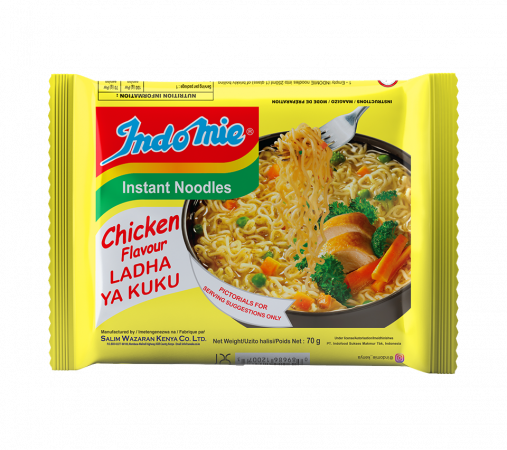Comesa to investigate Shoprite for competition law breach

Lewis Njoka @LewisNjoka
The Comesa Competition Commission (CCC) is investigating a Kenyan barcodes issuer and a Ugandan retailer over allegations of violating Comesa regulations on competition.
In a statement, the commission said it is investigating GS1 Kenya and Shoprite Uganda over an alleged agreement where Shoprite suppliers are forced to obtain their barcodes from GS1 Kenya for them to be allowed to merchandise their goods in the former’s stores.
If true, this amounts to anti-competitive conduct and violates article 16 of the Common Market regulations, according to CCC.
The commission says it is investigating whether the agreement between GS1 and Shoprite exists, if it distorts competition as per the Common Market regulations and whether Shoprite acted unilaterally in the market in violation of article 18 of the regulations.
Their products
“The commission received a complaint alleging that Shoprite and GS1 Kenya had entered into an agreement in terms of which suppliers who wish to merchandise their products in Shoprite supermarkets in Uganda must obtain their barcodes from GS1 Kenya,” says the Comesa Commission in a statement.
“It is alleged that since February 2019, Shoprite has refused to receive products which do not have GS1 barcodes and has further directed its suppliers to obtain barcodes from GS1 Kenya,” it adds.
The commission, however, cautioned that the investigation should not be taken to mean that the two organisations are guilty unless the inquiry concludes so.
The investigations began on November 8, last year. Shoprite Supermarkets has 113 outlets within the Comesa region including four in Kenya and five in Uganda.
It is mostly concentrated in Zambia and Eswatini (formerly Swaziland) where it has 49 and 37 outlets respectively.
GS1 Kenya is a not-for-profit organisation offering globally acceptable numbers for Barcodes and RFID tags supporting supply chains.
It was formed in 1998 to implement the GS1 Standards in the region. The standards are designed to improve the efficiency, safety and visibility of supply chains across physical and digital channels in 25 sectors.
They form a business language that identifies, captures and shares key information about products, locations, assets and more.













